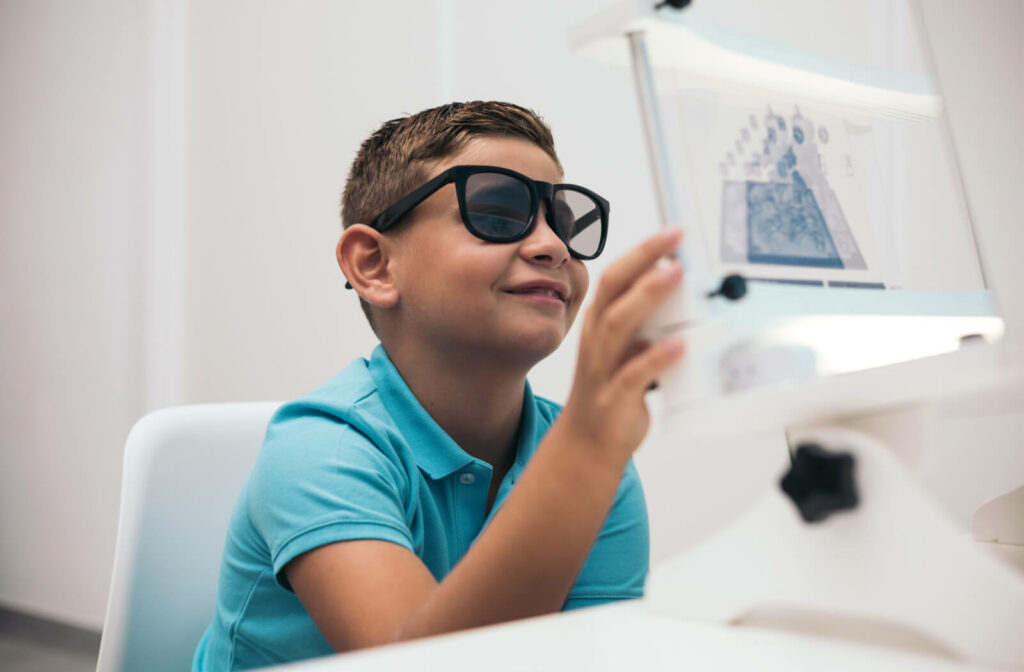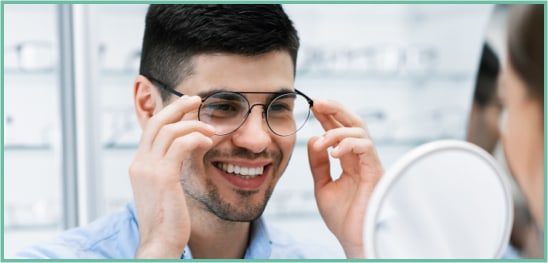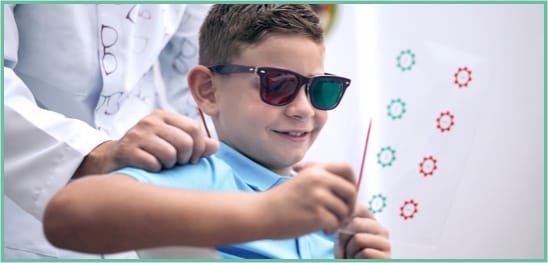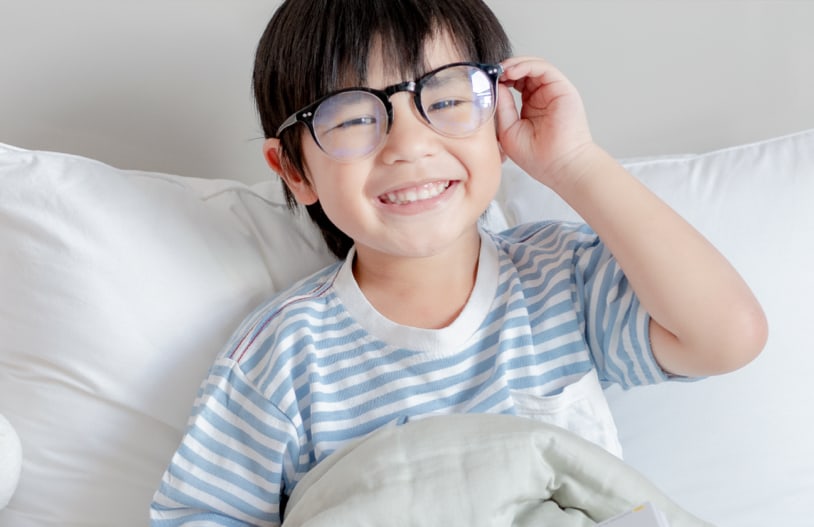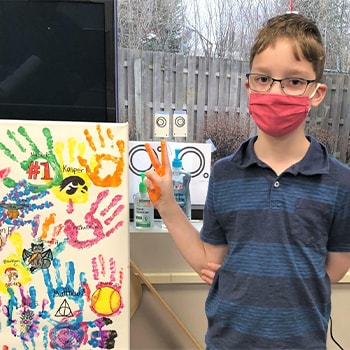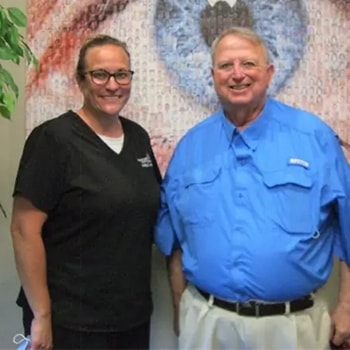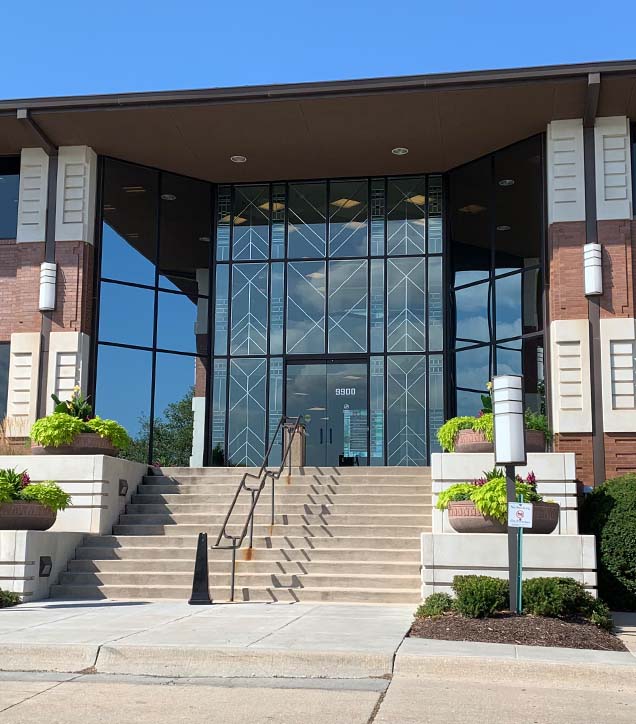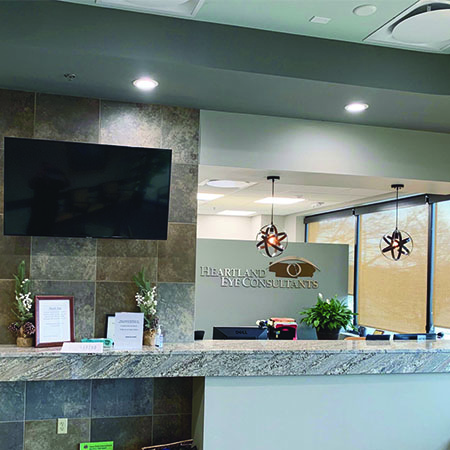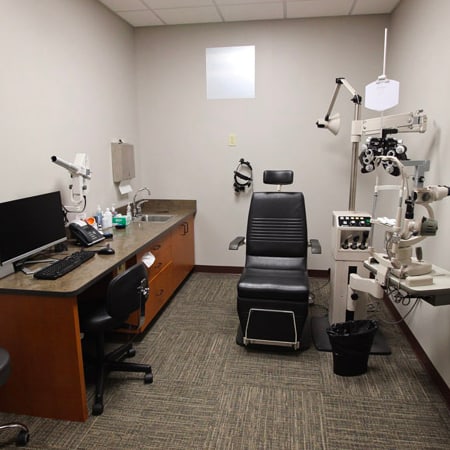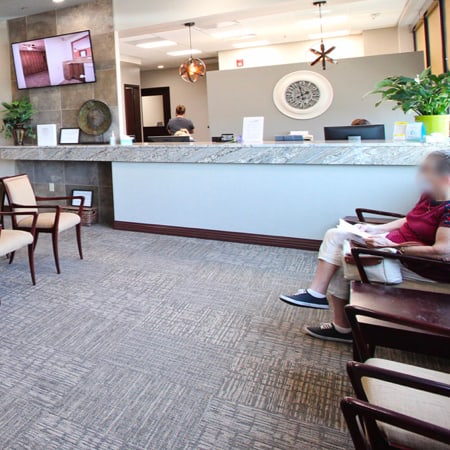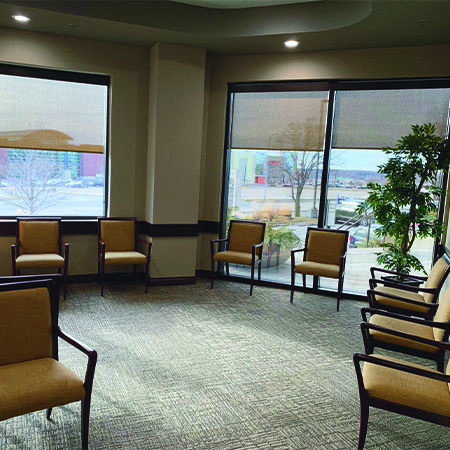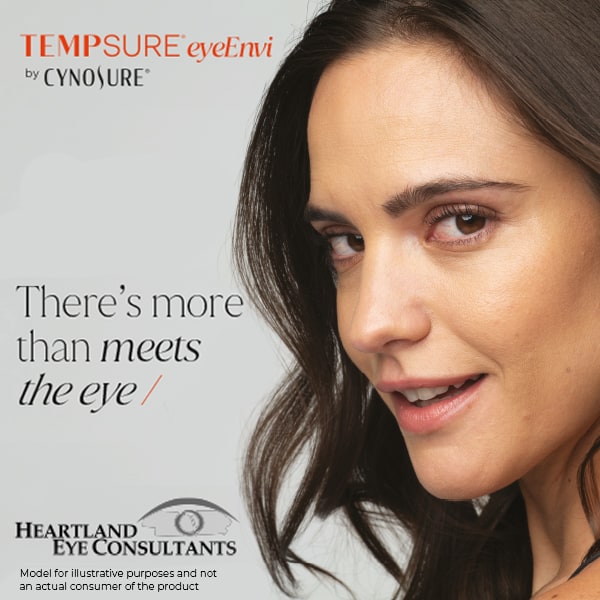Clear vision is essential for all aspects of a child’s life. It’s involved with learning, extracurricular activities, and everything else they do on a day-to-day basis. But their vision isn’t always perfect—sometimes, challenges with their visual skills may develop, such as crossed eyes or double vision. This is when vision therapy becomes an excellent potential option. But what exactly is vision therapy for kids?
Vision therapy refers to a program involving exercises and equipment designed to improve a person’s visual skills so their vision is working as efficiently as possible. Through the use of special software, tools, and exercises, your child can work closely with a vision therapist or optometrist toward the goal of improving their vision.
Vision Therapy: What Is It?
Vision therapy is a noninvasive, personalized treatment program designed to improve and enhance a person’s visual skills. Vision in children is closely linked to their ability to learn and perform in extracurricular activities, so vision therapy is often prescribed by optometrists to address problems that may hinder a child’s ability to use their eyes effectively.
Unlike traditional glasses or contacts that are designed to correct refractive errors like myopia, vision therapy aims to train and improve the natural connection between your brain and eyes. This can potentially enhance how your brain receives and processes visual information and strengthen your perception of the world around you.
How Does Vision Therapy Work?
During vision therapy sessions, children can engage in a series of exercises tailored to their specific visual needs, which may include:
- Eye tracking exercises
- Focusing exercises
- Visual perception activities
- Hand-eye coordination tasks
- Eye teaming and alignment exercises
- Depth perception training
These sessions are typically conducted under the guidance of a trained vision therapist or eye care professional in a controlled setting—usually their office or a clinical setting. They may use different tools, including:
- Special lenses
- Prisms
- Computer programs or software
By utilizing the tools they have available, they can carefully pinpoint specific visual problems and design exercises to address your child’s visual needs.
What’s the Goal of Vision Therapy?
The primary goal of vision therapy is to improve a child’s visual skills and overall visual health with programs and exercises designed to maximize visual function. Ultimately, vision therapy aims to enhance a child’s ability to use their eyes effectively so they can achieve to their fullest potential in school, sports, and all activities of daily living.
The skills needed to use your eyes and process visual information can be difficult to test without the aid of a comprehensive children’s eye exam, so it’s important to speak with your optometrist about whether or not your child may need vision therapy.
What Are the Benefits of Vision Therapy?
Vision therapy seeks to improve eye coordination, reflexes, crossed eyes, eye tracking, and other common visual skills. By targeting these areas, children can develop the visual skills needed to maximize their efficiency for things like reading, playing piano, and hitting/catching balls in sports..
The benefits of vision therapy can lead to a positive impact on a child’s education, emotional well being, their hobbies, and any sports or extracurricular activities they may take part in. It can even improve their reading comprehension, spelling, handwriting, hand-eye coordination, and their ability to sustain visual focus!
How Do You Know Your Child Needs Vision Therapy?
With how important vision is to your child’s success, it’s important to recognize the signs that something may be wrong. While every child and their visual situation may be unique, there are common indicators that they may be struggling to see well.
Some of the signs a child may need vision therapy include:
- Frequent squinting
- Rubbing their eyes
- Difficulty paying attention or concentrating when reading or writing
- Clumsiness or poor hand-eye coordination
- Complaints about blurry vision
- Avoiding reading, writing, or close-up visual tasks
- Difficulty following instructions or staying on task
- Difficulty with spelling and reading comprehension
If your child starts to show any of these signs, you should schedule an eye exam with an optometrist or vision therapist so you can learn what’s causing your child’s visual problems. Your eye care team can help determine whether vision therapy could be a good idea to treat any potentially developing problems.
Vision Therapy in Omaha
Your child’s vision is important to every part of their daily life, and we want to help provide support for their eyes. We can work with your child to learn about the visual challenges they may be experiencing and design a personalized vision therapy program based on their needs.
We understand how important your child’s vision is. Book an appointment at Heartland Eye Consultants today to speak with our caring team about your child’s options for vision therapy and other forms of vision support.


